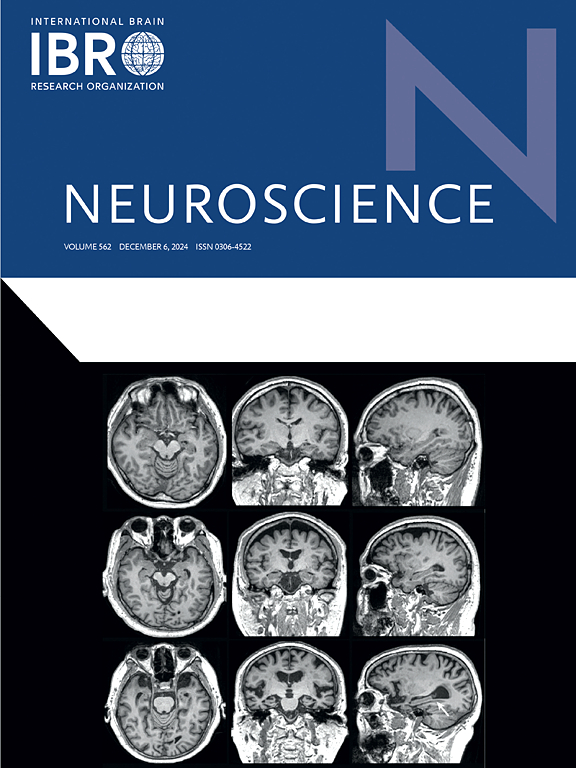Evaluating the etiology of metallic taste during head and neck cancer treatments: a study of facial and glossopharyngeal nerve interactions
IF 2.9
3区 医学
Q2 NEUROSCIENCES
引用次数: 0
Abstract
Metallic Taste (MT) is frequently described during head and neck cancer treatments but very little is known about its etiologies. One hypothesis to explain the MT is the removal of facial nerve inhibition on the glossopharyngeal nerve. Indeed, the decrease of taste afferents mediated by the facial nerve (anterior two-thirds of the tongue) due to cancer or its treatments, would reveal those mediated by the glossopharyngeal nerve (posterior one-third of the tongue) and thus lead to MT perception. The aim of this study was to evaluate the validity of this hypothesis. Selective supraliminar taste tests on the tip and the base of the tongue were regularly performed on 44 patients with head and neck cancers before, during, and after their treatment. Sweet, salty, bitter, sour, and MT were tested. Patients were grouped based on whether they reported experiencing MT or not. Twelve patients complained about MT (27.2 %), always during the treatment phase. Most of them (83.3 %) were treated by surgery and radiotherapy or radiochemotherapy. Supraliminar tastes were altered in every patient, especially during the treatment phase. Test results showed that perceived intensity was significantly reduced in patients reporting MT for salt, sweet and sour. This was observed more on the base of tongue than on the tip of the tongue. MT was significantly linked with mucositis (p = 0.027) but with neither candidiasis (p = 0.38) nor salivary flow (p = 0.63). The hypothesis of removal of facial nerve inhibition on the glossopharyngeal nerve cannot explain MT in head and neck cancer.
头颈癌治疗期间金属味的病因评估:面部和舌咽神经相互作用的研究
金属味(MT)在头颈癌治疗中经常被描述,但对其病因知之甚少。一种解释MT的假说是去除面神经对舌咽神经的抑制。事实上,由于癌症或其治疗,面神经(舌头前三分之二)介导的味觉传入神经减少,会显示舌咽神经(舌头后三分之一)介导的味觉传入神经减少,从而导致MT感知。本研究的目的是评估这一假设的有效性。在44名头颈部癌症患者治疗前、治疗中和治疗后,定期对他们的舌尖和舌根进行选择性的舌上味觉测试。分别测试了甜、咸、苦、酸和MT。患者根据是否报告经历MT进行分组。12例患者抱怨MT(27.2%),总是在治疗阶段。绝大多数(83.3%)采用手术加放疗或放化疗。每个病人的上味觉都发生了改变,尤其是在治疗阶段。测试结果显示,在报告盐、甜、酸MT的患者中,感知强度显著降低。这种现象更多地出现在舌根而不是舌尖上。MT与粘膜炎(p = 0.027)显著相关,但与念珠菌病(p = 0.38)和唾液流(p = 0.63)无关。面神经对舌咽神经抑制的解除假说不能解释头颈部肿瘤的MT。
本文章由计算机程序翻译,如有差异,请以英文原文为准。
求助全文
约1分钟内获得全文
求助全文
来源期刊

Neuroscience
医学-神经科学
CiteScore
6.20
自引率
0.00%
发文量
394
审稿时长
52 days
期刊介绍:
Neuroscience publishes papers describing the results of original research on any aspect of the scientific study of the nervous system. Any paper, however short, will be considered for publication provided that it reports significant, new and carefully confirmed findings with full experimental details.
 求助内容:
求助内容: 应助结果提醒方式:
应助结果提醒方式:


